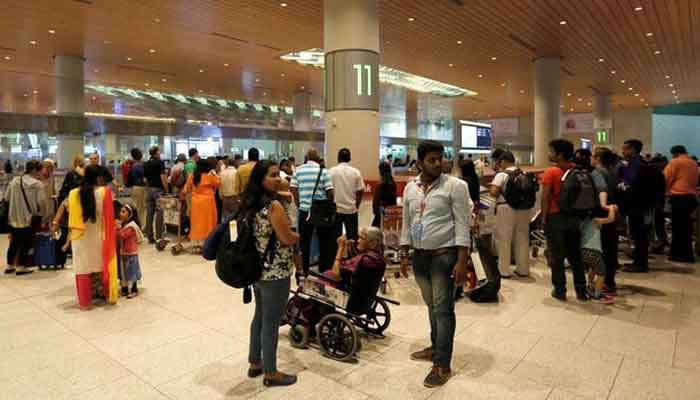Introduction
Despite a recent ceasefire agreement between India and Pakistan, 20 Indian airports—most in strategic northern regions—remain closed to civilian operations. This continued closure has raised critical questions: is it driven by residual fear, secret military planning, or geopolitical recalibration? In this blog, we explore the top reasons behind this puzzling security decision.

1. Proximity to Border Conflict Zones
Many of the closed airports are located near the Line of Control (LoC) and other sensitive border areas in Jammu & Kashmir, Punjab, and Ladakh. While the ceasefire reduces direct cross-border firing, intelligence reports still suggest the possibility of infiltration and sporadic skirmishes, necessitating a higher state of alert.
2. Military Air Traffic Dominance
The Indian Air Force has reportedly increased surveillance flights, drone activity, and rapid deployment drills across these regions. With runways prioritized for military aircraft, civil aviation has taken a back seat—an indicator of ongoing strategic preparedness rather than peacetime normalization.
3. Fear of Escalation Despite Ceasefire
Experts warn that ceasefires in South Asia are often fragile and temporary. The Indian government may be preemptively cautious, keeping infrastructure closed to avoid potential civilian casualties or chaotic evacuations should conflict reignite.
4. Intelligence Inputs on Potential Threats
Sources suggest credible threats of terrorist activity or sabotage targeting critical airbases and military assets. The closure of airports could be part of a silent counter-intelligence operation to neutralize such threats without public alarm.
5. Infrastructure Upgrades and Maintenance
Some defense officials have indicated that several airports are undergoing infrastructure enhancements, including runway reinforcement and radar system upgrades. However, the lack of transparency fuels speculation about deeper motives.
6. Political Messaging and Strategic Signaling
Keeping airports closed may serve as a deliberate signal to both domestic audiences and Pakistan. It underscores that while India is open to peace talks, it retains a firm posture and is not lowering its guard prematurely.
7. Controlled Civilian Movement Near Militarized Zones
The continued airport closures help regulate civilian movement near highly militarized areas. This not only protects civilians from potential harm but also allows defense forces to operate without public interference.
Conclusion
The closure of 20 Indian airports despite a declared ceasefire reveals a complex interplay of military caution, strategic planning, and geopolitical calculation. Whether this signals preparation for future conflict or simply a protective stance, one thing is clear: India remains on high alert. As peace talks proceed, all eyes will be on whether these closures turn into permanent policy—or dissolve with renewed confidence in regional stability.
Looking for more on India’s border strategy? Read our deep dive on the India-Pakistan Ceasefire Under Scrutiny.